How much does a road trip cost?
Can road tripping still be fun on a budget?

The short answer to this question is: They don’t have to be expensive.
I recently finished a 6 week long road trip with my boyfriend, Cam, and it took us (mainly me) around 9 months of planning. Aside from researching places to go, getting permits, booking reservations, and creating itineraries for each place we visited, I also wondered how much our road trip would cost. 🤔
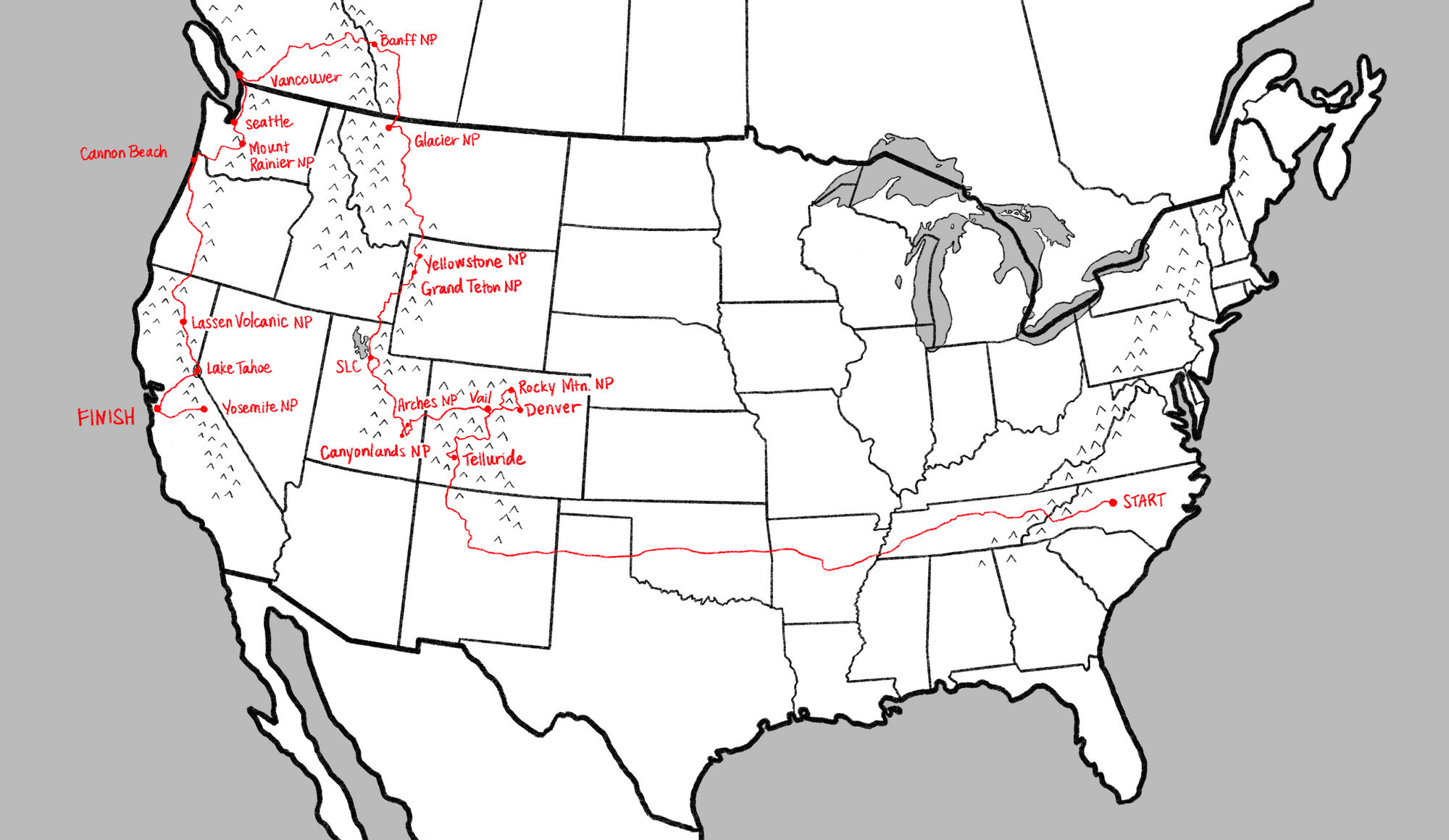
We both weren’t penniless, but we weren’t rolling in money, so knowing how much we should expect to spend on this trip was important to me. After doing a little research, I soon found out that the answer to my question couldn’t be so easily answered.
Road trips can be very complex and unique from one another. Staying at a 4-star hotel versus camping for free on a forest service road can drastically change the cost of the trip. Eating out for every meal versus cooking can too. Instead of telling you what you should expect to pay, I’ll shed some light on how road trips can be super affordable and still lots of fun.
And to be more fair, our total trip (and average daily) cost would be even lower if we don’t include the full price of certain supplies like the crossbars and cargo box, which was $471.30. (Not to mention the Coleman Stove ($57.87), Igloo Cooler ($25), hand held vacuum ($35.99), and more.) These were investments not only for this trip but for future ones too.
Regardless of this minor detail, to give some context to the stats listed above, let’s see how they compare to the results from a quick Google search of: What is the average daily cost for road tripping?
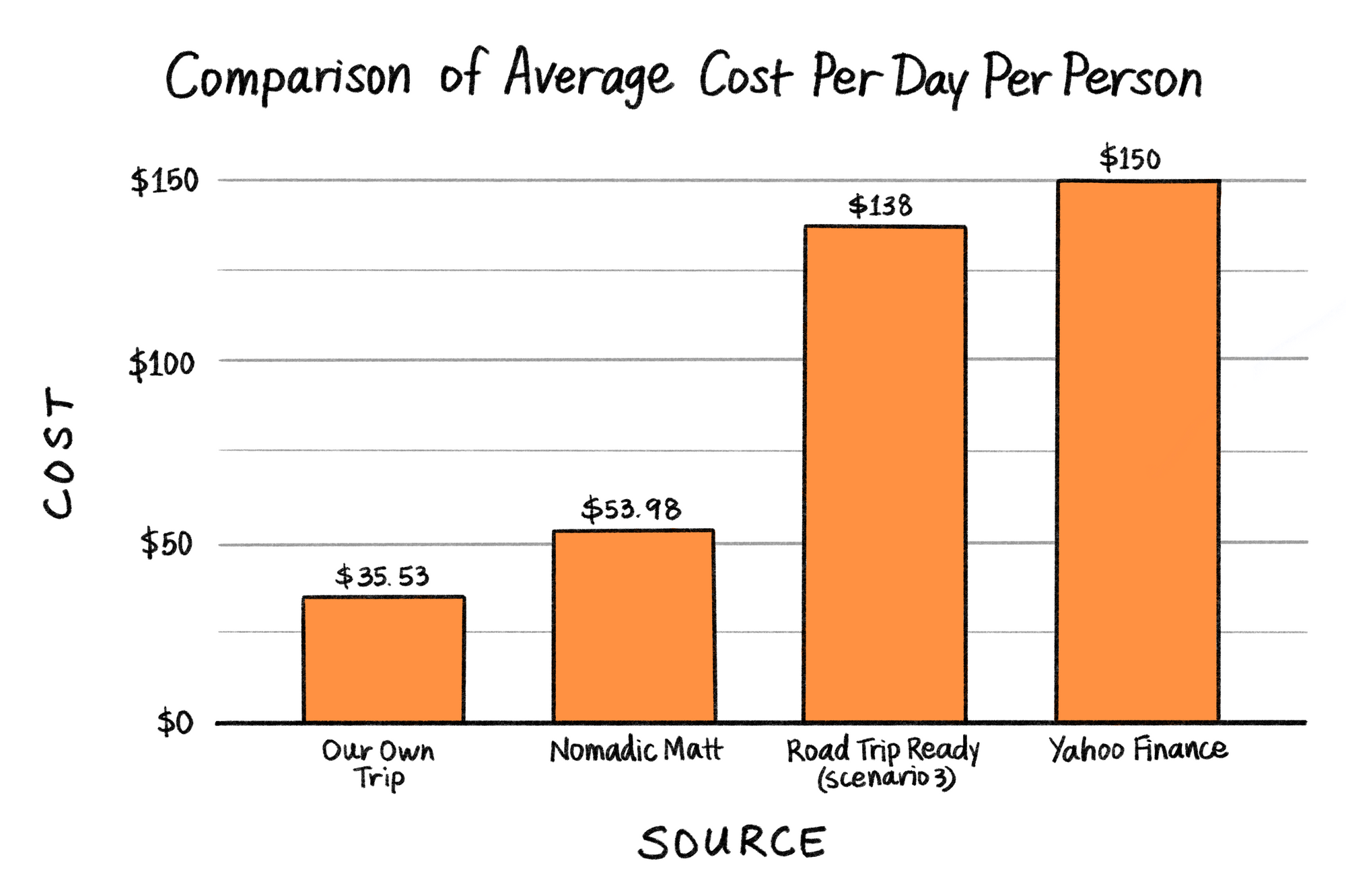
How were we able to keep our daily costs this low? While there are fixed costs like gas, there were other expenses we managed to avoid shelling out unnecessary amounts of money for. A couple factors that contributed greatly to our low daily average spending were our focus on the outdoors and our accommodation arrangements.
Focus on outdoors:
Cam and I are very outdoorsy people 🥾 and love being in nature. Our interest in the outdoors conveniently tends to be budget friendly, especially if you stay away from tours or guided activities. For our trip, going on outdoor adventures was our main focus. We did our own exploring and visited quite a few national parks (with an annual parks pass) doing free or low cost outdoor activities like hiking and camping.
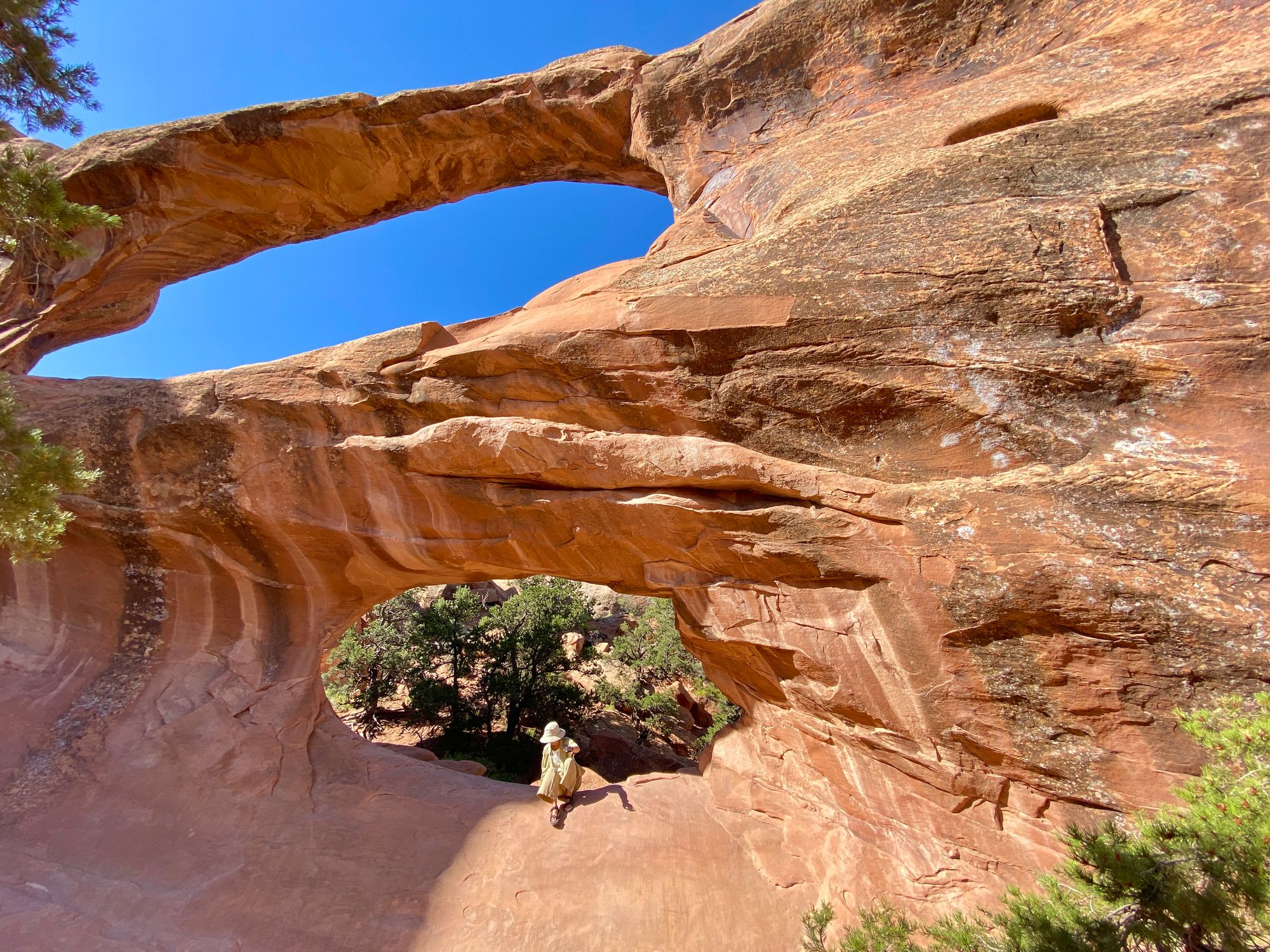
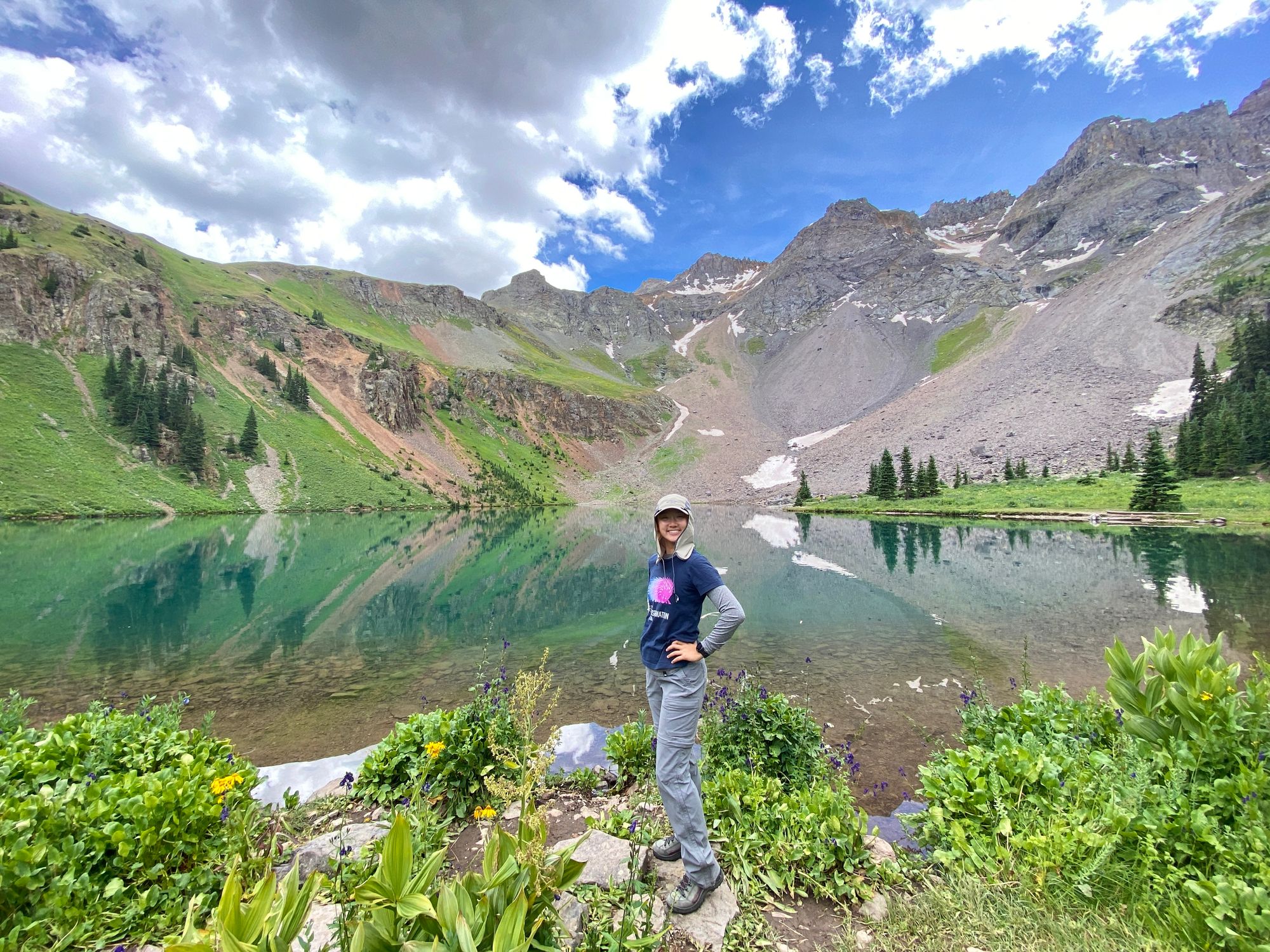
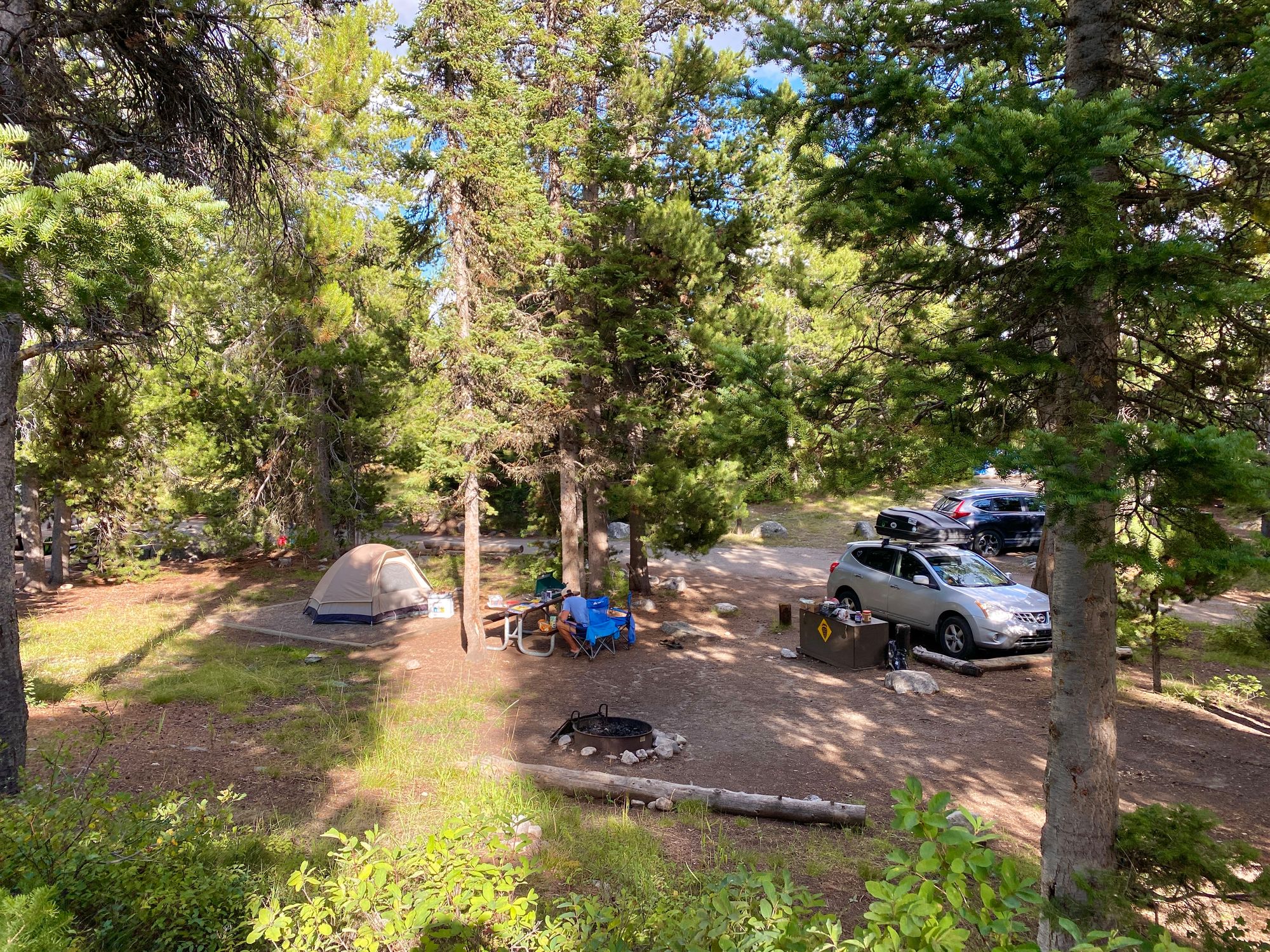
Hiking in Utah and Colorado. Camping in Wyoming.
Because we spent so much time outdoors and in remote areas, we cooked most of our meals which helped us save money. (I also just like cooking.👩🏻🍳) We always cooked and meal prepped at Airbnb's too. But whenever we visited cities like Denver, Banff, and Seattle, we'd treat ourselves.
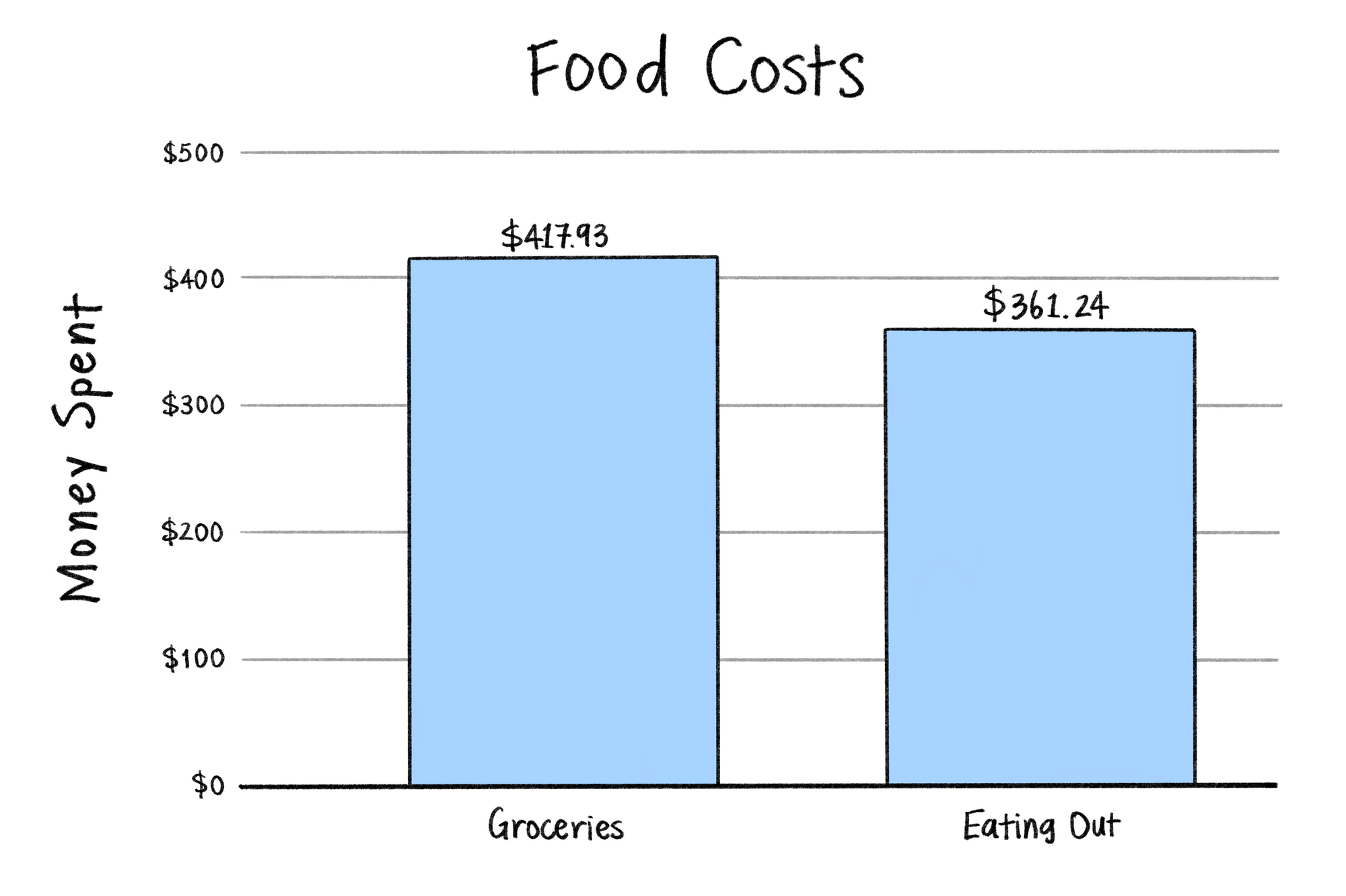
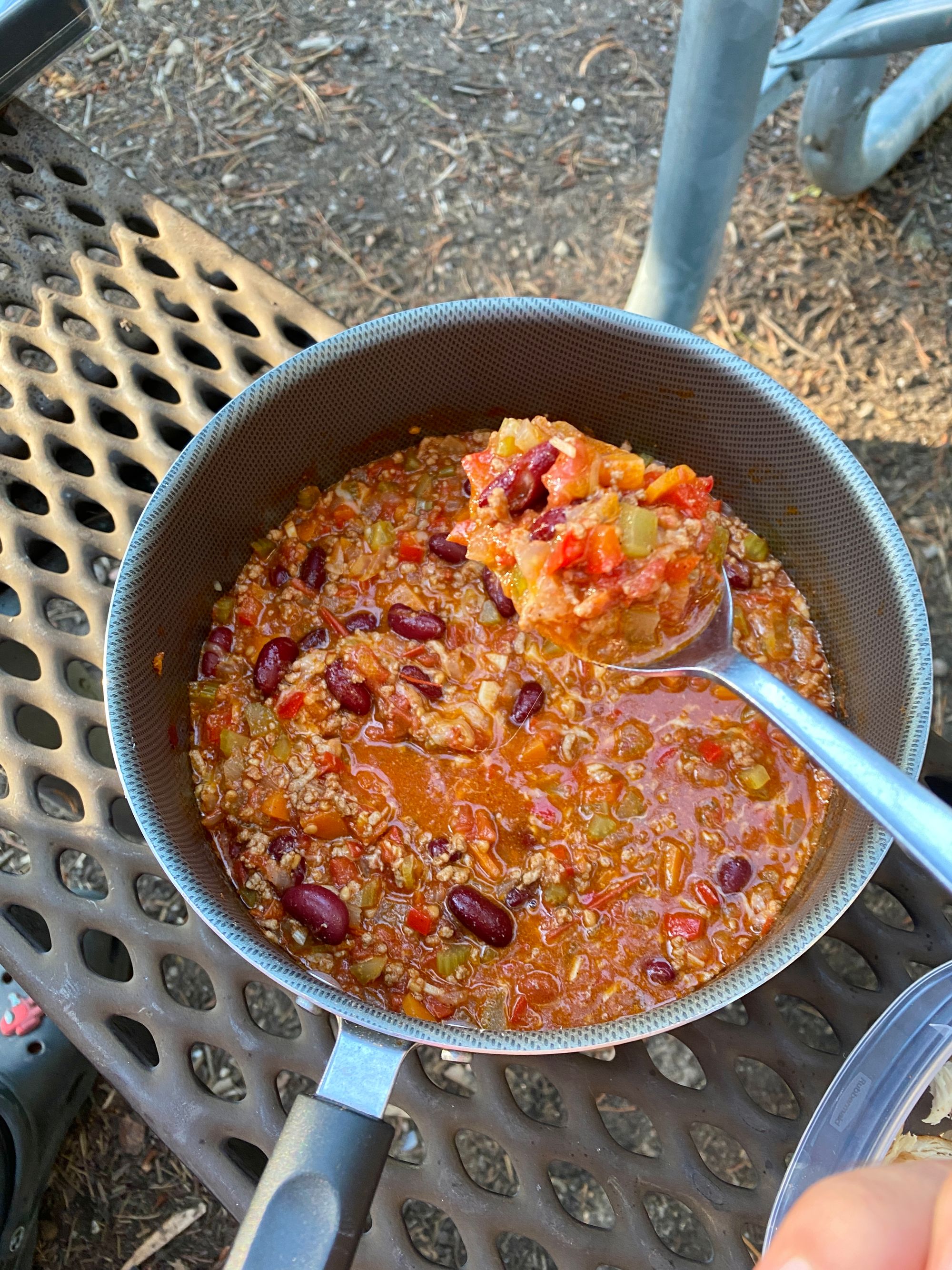
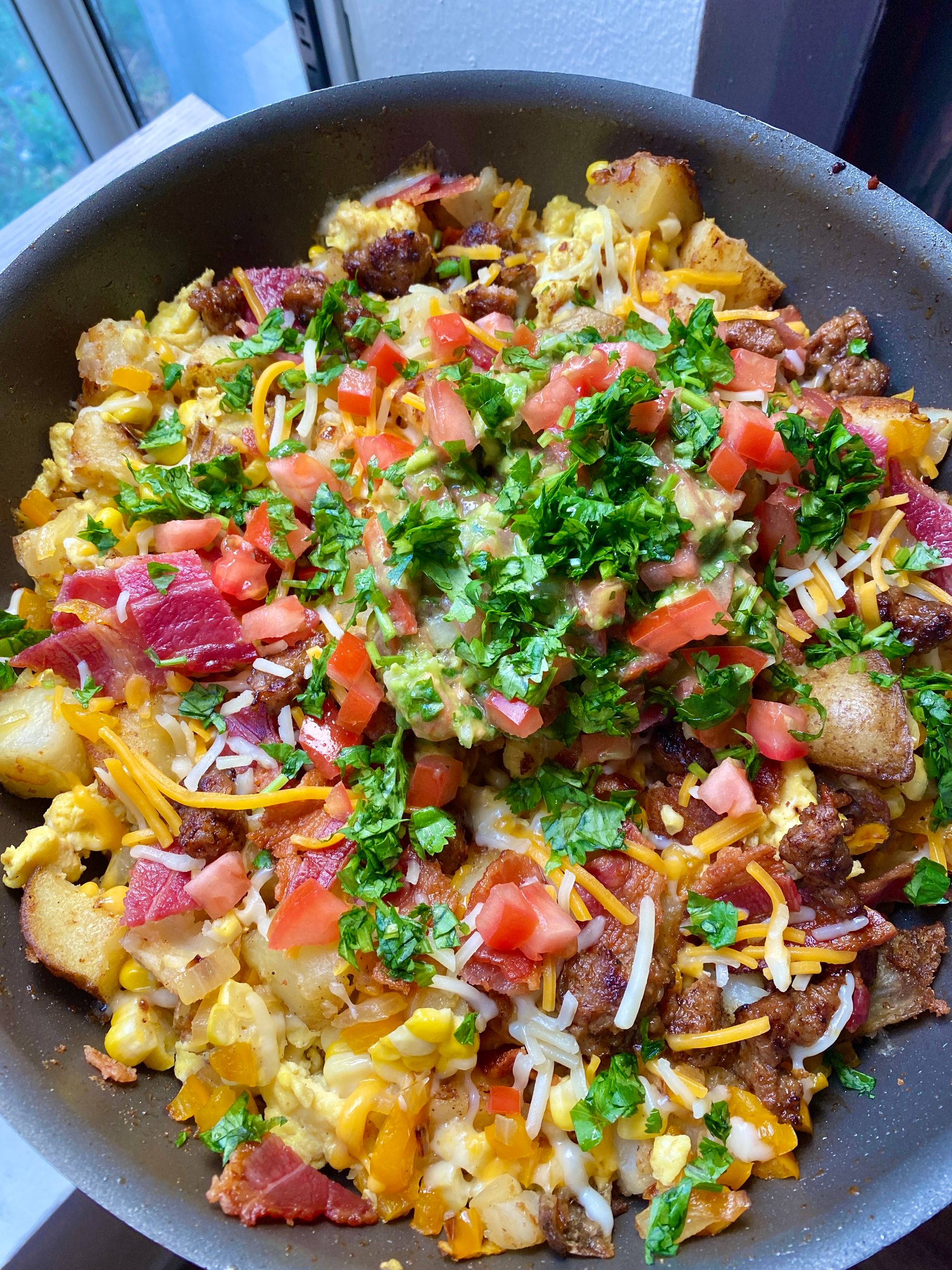
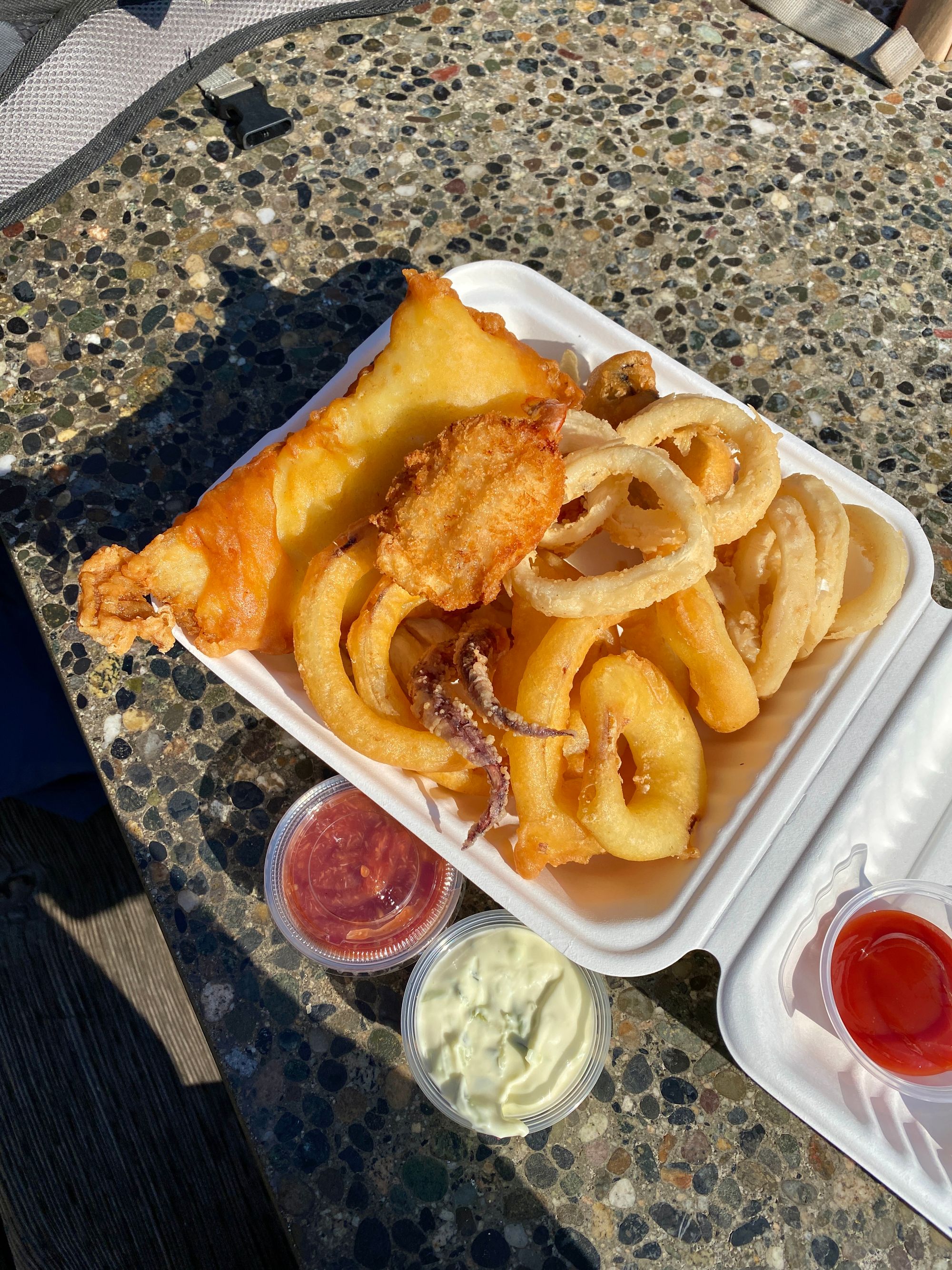
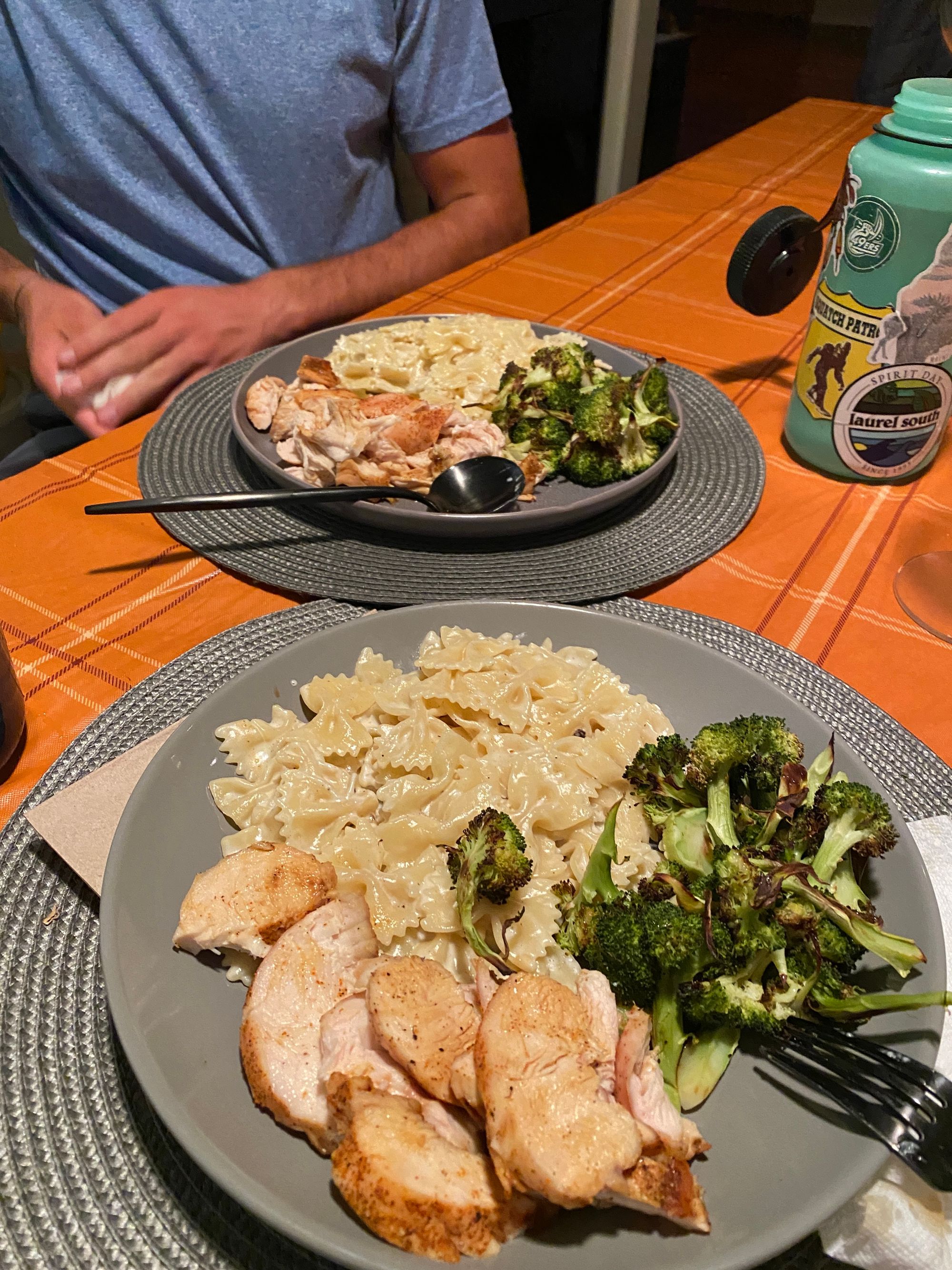

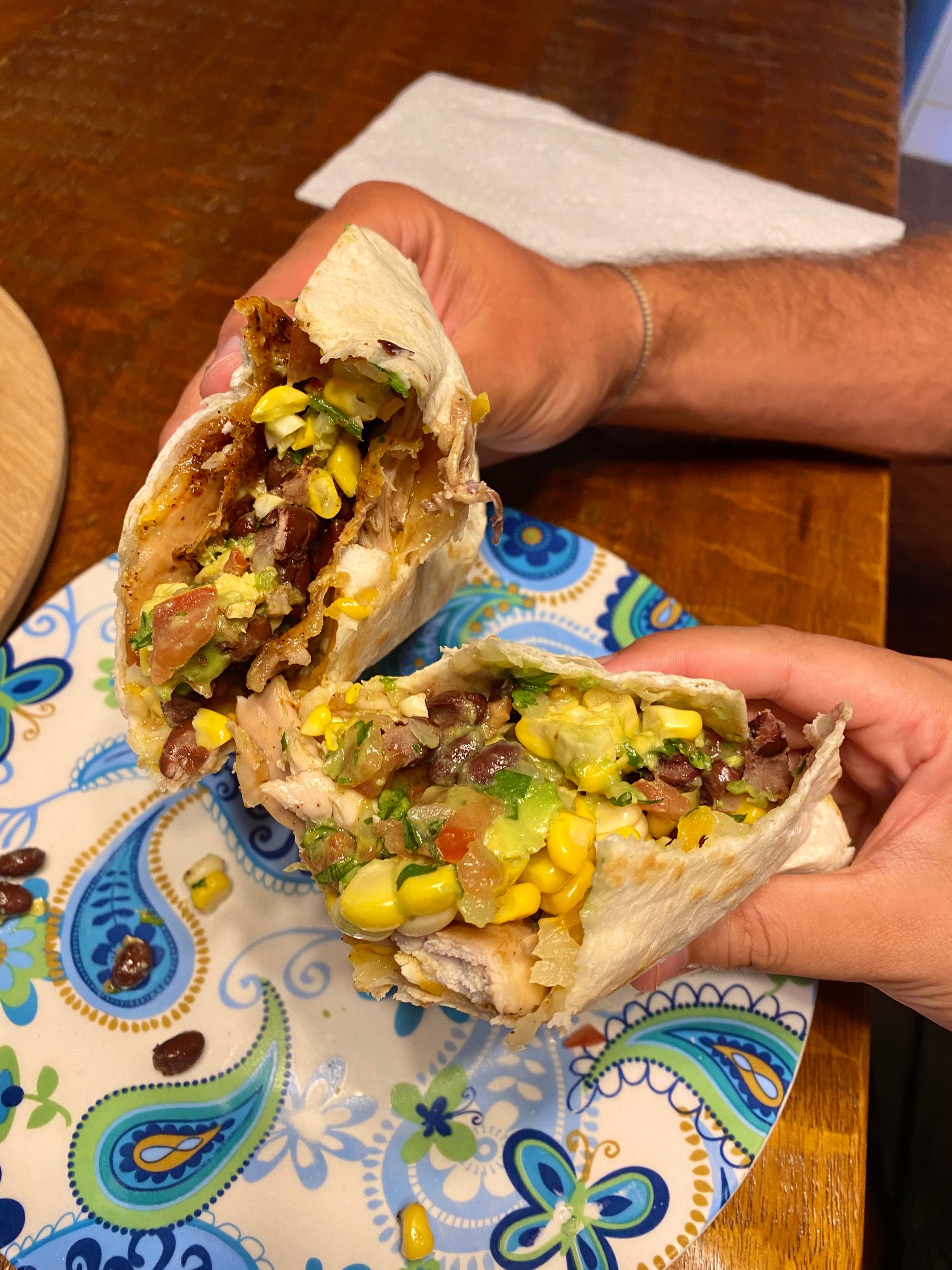
1. HM Chili 2. HM Breakfast Hash 3. Seafood Platter in Vancouver 4. HM Alfredo pasta w/ broccoli and chicken 5. Brown Dog Pizza from Telluride 6. HM Chicken burritos (HM: homemade)
What you decide to make your focus on your trip can have a huge effect on your spending outcome. If you’re anything like me and Cam, and only really care about food and the outdoors, you can expect to save a good bit of money.
Accommodations:
Where we slept was something we were a little more aggressive about. One thing we chose to do that helped keep living costs low was to find free camping or overnight parking whenever we were between camping reservations or had a travel day. I know most people would not opt to do this, but luckily for us, we were both on the same page about not being high maintenance with where we slept. As long as the place was relatively quiet, had somewhere we could do our business, and was safe, it was good enough for us. 🥱
We used FreeRoam and iOverlander a lot to find these spots and were able to save on accommodation expenditures. (The Airbnb’s we booked averaged around $50 a night. That’s $750+ worth of money saved by finding free camping.) We slept on forest service roads, at rest stops, in national forests, and even in a casino parking lot. Honestly the free camping and overnight parking made the road trip more adventurous, and not as ‘by the book’.
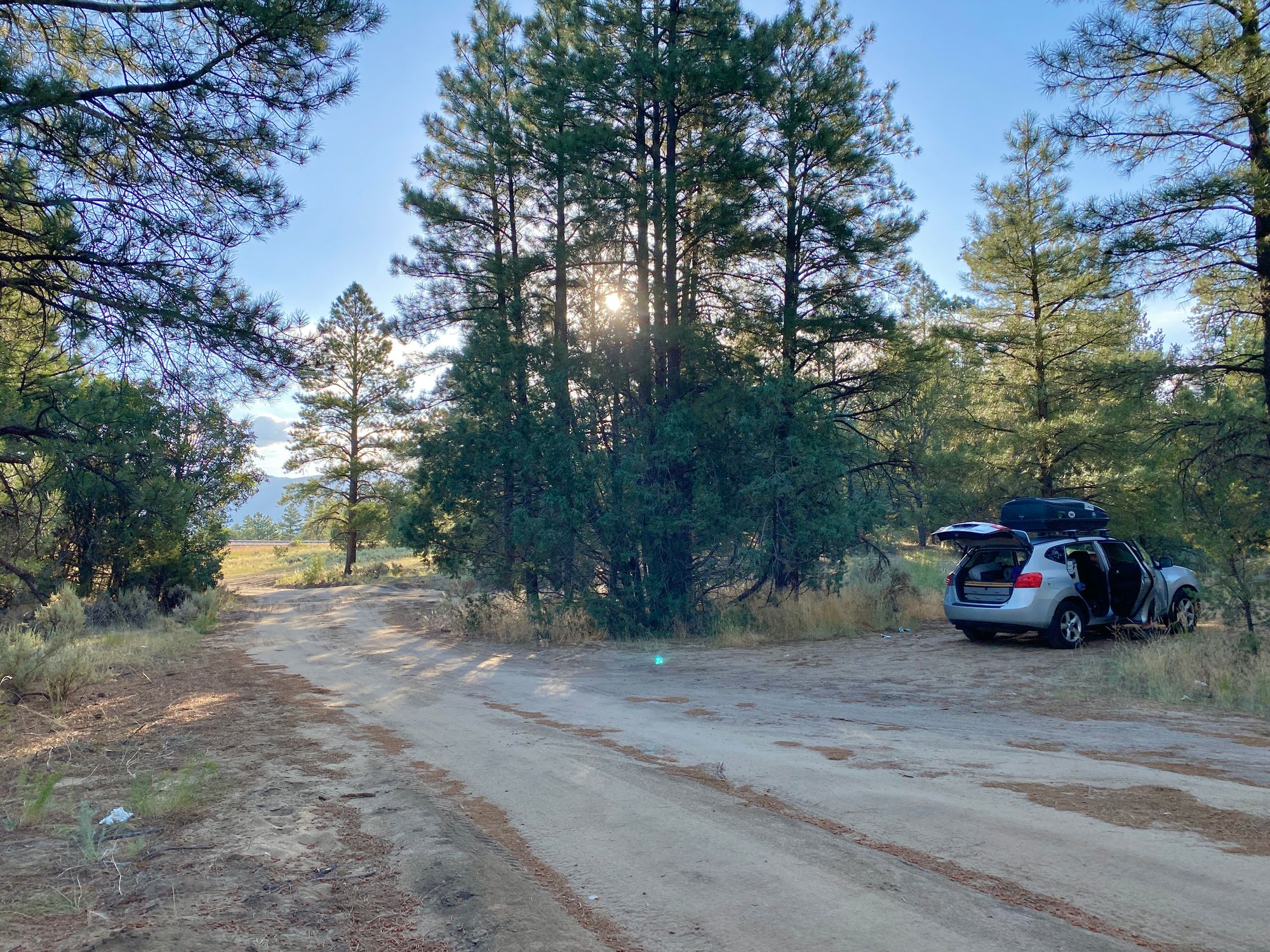
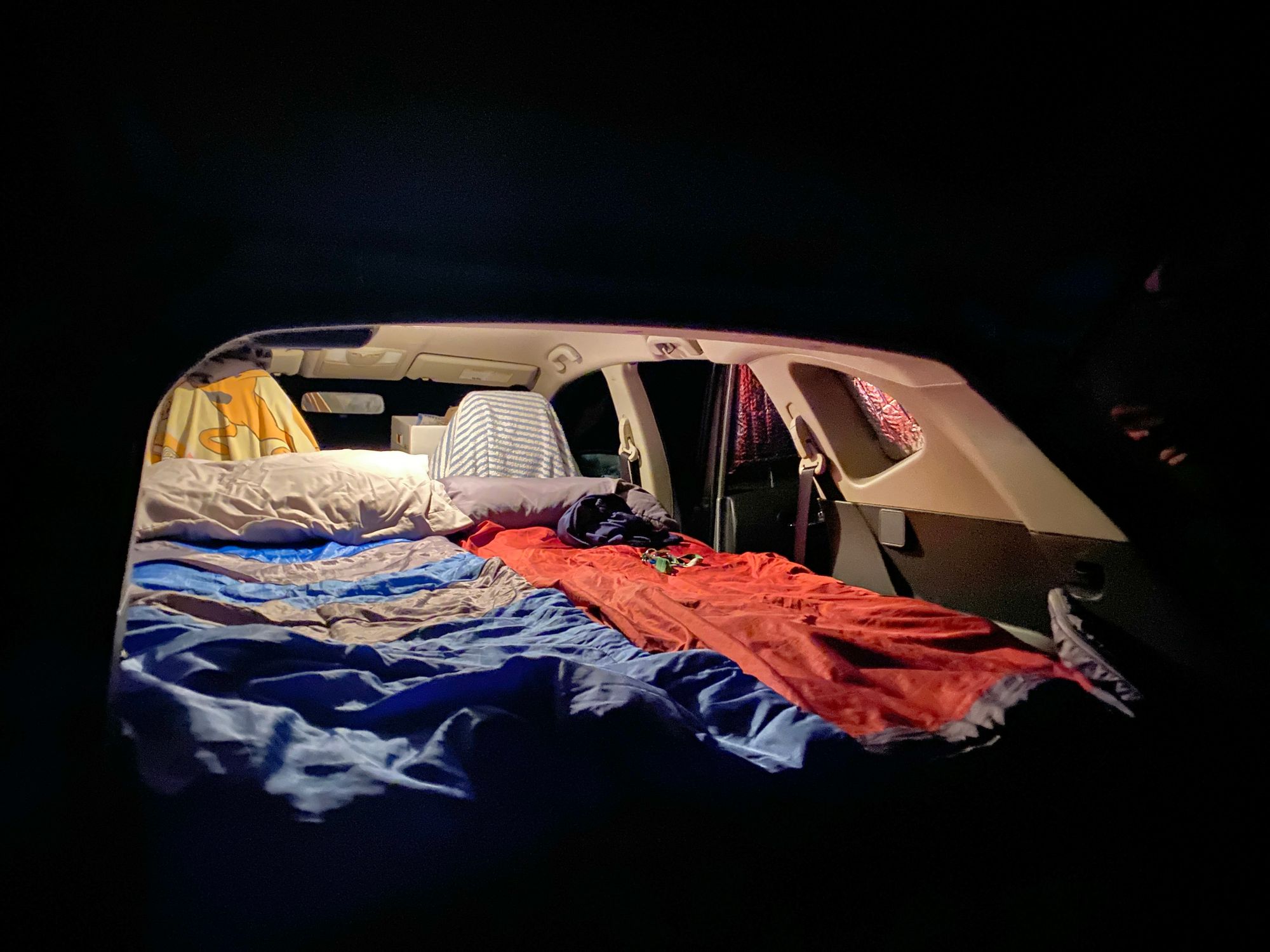
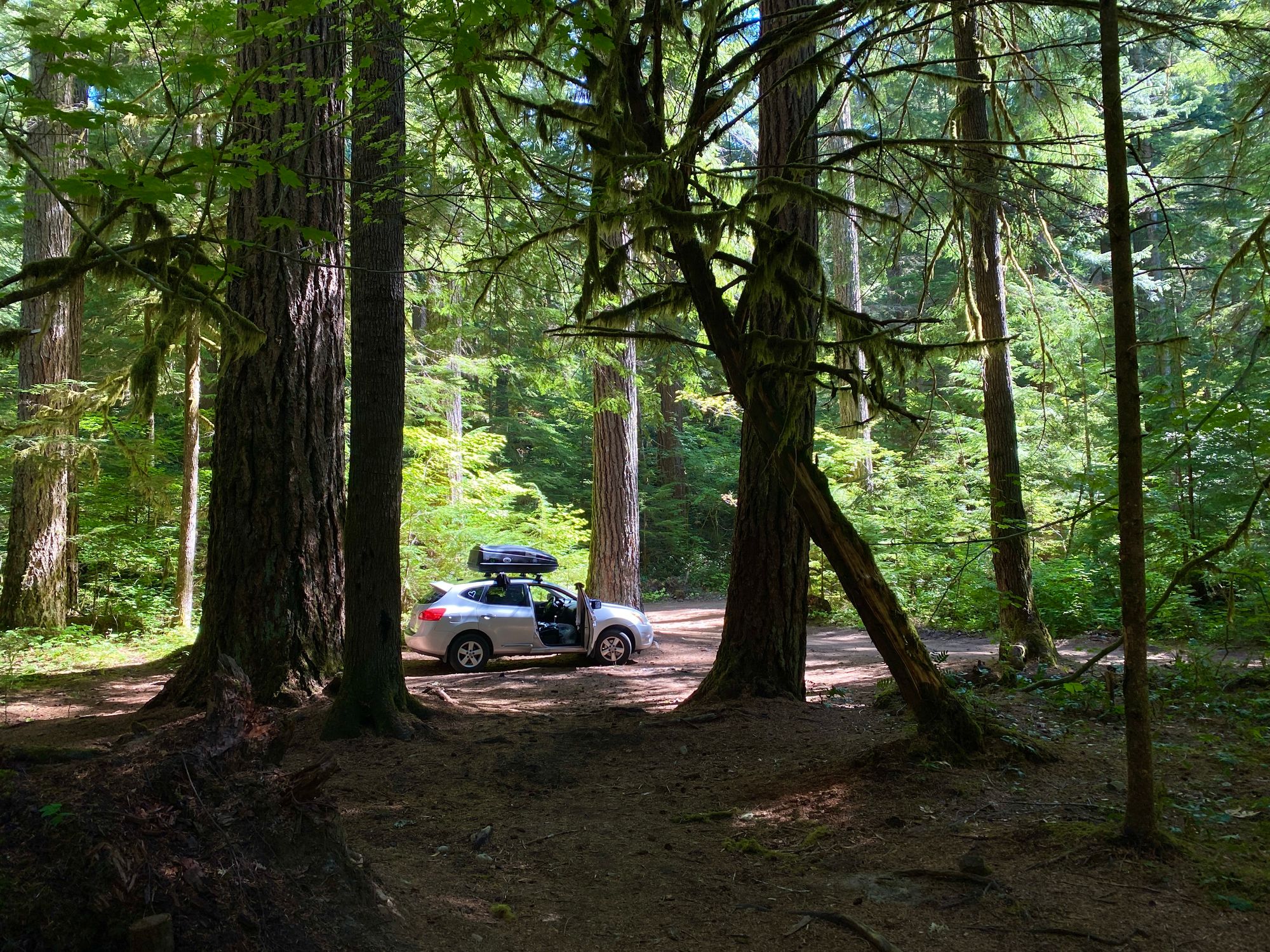
What some of our free camping looked like!
Another advantage we had for saving money on accommodations was staying with family and friends whenever we could. We stayed with my Cam’s uncle in CO for two nights, our friend’s family in UT for two nights, and my own family for 4 nights before the last part of our trip (to Yosemite). These stays were such a big help to us because we’d be able to take much needed showers, fully charge all of our electronics, and always get free food. 🙏🏼
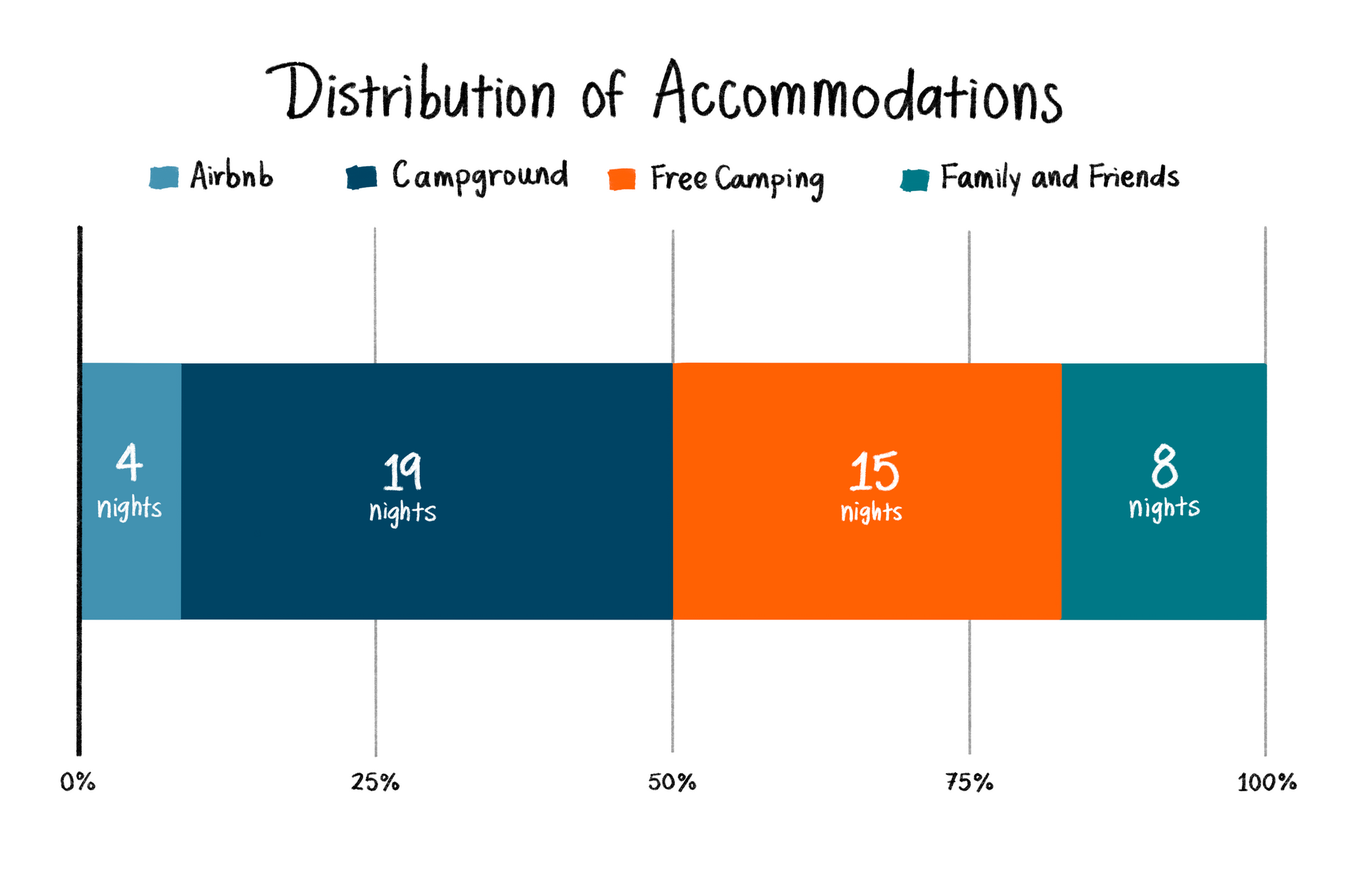
Cam and I got really lucky with being able to stay with family and friends, and I know this isn’t a money saving strategy everyone has the option of doing. But if you’re one of the lucky ones, this is such a great opportunity to not only save money, but to reconnect or bond more with family and friends. They become a part of your adventure and that’s exciting for them too.
Traveling with someone else is also another sure fire way to bring your daily trip cost down by around 30%. Gas and accommodations that would’ve needed to be covered by one person, could be split by two people.
There are plenty of other cost saving strategies for road tripping but I just wanted to share some of the things Cam and I did. We spent around what I was expecting us to spend and I'm proud of us for doing everything we wanted to do.
I hope I’ve been able to show you how affordable road tripping can be and that even on a budget, you can have a lot of fun. If you’re thinking or have ever thought about going on a road trip to explore the U.S., just pick a time and get to planning. You can start small and do 4 - 7 days. There will never be a perfect time to do it and you will face uncertainty along the way. 😬 It’s scary, I know. But I can tell you it’s all ✨worth it.✨